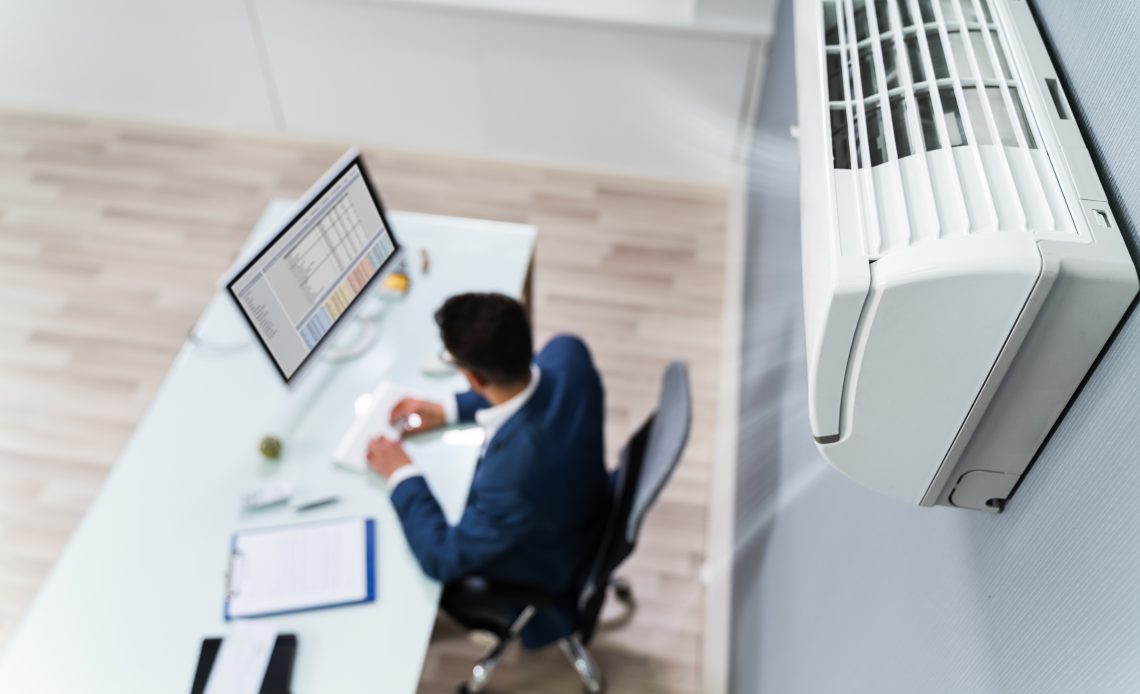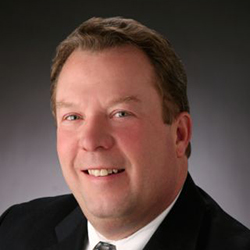
By Pete Miceli
As organizations and employees consider their
return to the office, building management is often asked by owners and tenants:
what are we doing to make the office safe? Aside from social distancing
protocols, mask requirements, floor decals and desk shields, is there anything
else? One answer is Indoor Air Quality (IAQ).
Alongside basic mitigation strategies, IAQ can play a key role in reducing spread of an airborne disease such as COVID-19. Transwestern has prioritized monitoring, reporting, and improving IAQ in properties across its managed portfolio, deploying proven best practices and products. From filtration to air cleaning technology, there are many factors to consider in developing a strategy for your property.
Outside Air
Especially when it comes to COVID-19, it is widely understood that the more outside air (OA) in your environment, or flushing, the better. In commercial buildings, OA is usually distributed through heating, ventilating and HVAC systems, and the amount of OA, in conjunction with the air change rate (which informs how fast you can rid a room of contaminants), can undoubtedly affect IAQ.
However, there are trade-offs when it comes to efficiency, which include cost and energy consumption. Distributing more OA into a building increases energy costs, especially during extreme temperatures. We recommend providing the minimum outside air rate requirement (codes can vary) during extremely warm or cold days, and relying on air filtration and air cleaning solutions, as well.
Air Filtration and MERV Ratings
Studies have found that the air in office buildings is cleaner than the air in most homes. This is due to a combination of outside air and effective filtration. Filters are rated by Minimum Efficiency Reporting Value (MERV). MERV ratings range from 1 to 16; the higher the MERV rating, the better the filter performs at trapping specific types of particles. Unfortunately, this also means the higher the resistance to airflow. Ensuring the building’s air handling unit or rooftop unit can accommodate the higher resistance is critical. Transwestern uses MERV 13 filters at a majority of its properties that allow for this resistance.
Air Cleaners
Pollutants, dust, dander, pollen, smoke, and pathogens such as mold, viruses and bacteria can all be suspended in the air we breathe – even though they are not visible. Along with increased OA and filtration, another step toward cleaner, healthier indoor air is the use of air purifying technology.
After vetting dozens of solutions, Transwestern has found Needlepoint Bipolar Ionization (NPBI) to be one of the primary devices being installed to improve indoor air quality. NPBI is a device located in the air handler or ductwork, which circulates air throughout the building and works by generating and releasing ions into the airstream. These ions seek out and form bonds with air particles, forming a cluster. The larger the cluster becomes, the easier it is for the system to filter it out of the air.
Another air cleaner that can be placed in the air handler is Ultraviolet Germicidal Irradiation. This disinfection method uses ultraviolet light to kill or inactivate microorganisms and can be an effective solution for some properties to improve indoor air quality. UVGI devices are often placed inside of air handling and roof top units. As the air is distributed throughout the air handling system, it passes the UVGI light and aids in reducing or inactivating Microorganisms, VOCs and some viruses.
These solutions complement the comprehensive mitigation protocols Transwestern has deployed across the country since the onset of COVID-19. This includes surface-based, self-cleaning adhesive strips placed on door handles, elevator buttons, and other frequently used touchpoints in conjunction with typical janitorial cleaning and disinfection practices. Our stringent protocols have been endorsed with Underwriters Laboratories’ Re-Occupancy Inspection Certification as well as the Fitwel Viral Response Module and are shared across our 205 million-square-foot portfolio.

As Senior Vice President and Midwest Director of Engineering, Pete Miceli oversees all capital improvement projects, the preventive maintenance and tenant request program, The Midwest Energy Star portfolio as well as the tenant improvement process.

